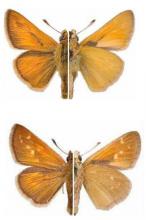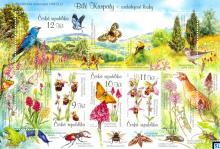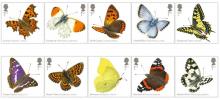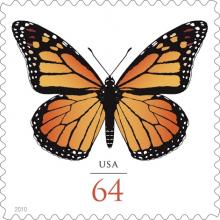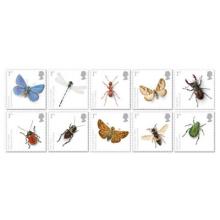Minnesota prairies see decline in butterflies
Erik Runquist saw it for a moment, then it was gone. Walking a tract of Nature Conservancy-owned prairie outside Moorhead, Runquist caught a glimpse of a Dakota skipper (Hesperia dacotae), a thumbnail-sized, orange and brown butterfly. It perched atop a coneflower before disappearing into the prairie grass. "Skippers are evasive. You may get only a few seconds to be able to find it before it zips off the coneflower, especially if it's a windy day," said Runquist, the Minnesota Zoo's butterfly conservation biologist.

